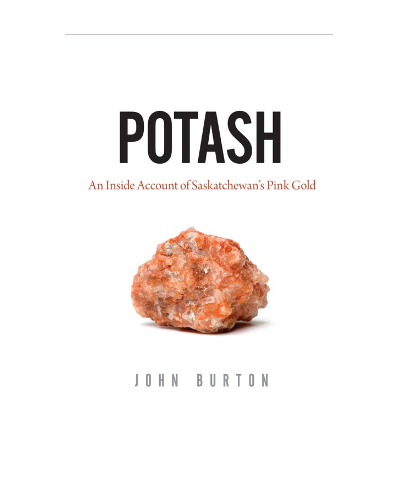If iron ore prices continue at near-record lows, mining companies with substantial debt or expensive operations may “bear the brunt of the impact”, S&P warns.
RENO (MINEWEB) – If iron ore prices “stagnate” at US$90 per ton through 2015, some miners’ key credit metrics might worsen significantly, based on scenario analysis on 10 major iron ore producers, Standard & Poor’s Ratings Services observed this week.
“In particular, miners with large iron ore exposure, but are unable to cut costs and are saddled with debt, will face a severe deterioration in earnings and credit metrics,” warned S&P Credit Analysts May Zhong, Diego H. Ocampo, Andrey Nikolaev, Amanda Buckland, Elad Jelasko, and Xavier Jean.
“Whether this deterioration triggers a downgrade depends critically on a mining company’s financial flexibility. If a miner can defer its capital expenditure and conserve cash, its credit quality should be able to withstand sliding iron ore prices,” said the analysts. “In addition, diversified mining companies are well placed, as they can rely on commodities with more resilient prices, such as oil.”
“Another important factor is the movement of mining companies’ local currencies, which could affect their costs and revenues,” S&P observed.
“We observed that major players – Australia’s BHP Billiton Ltd. and Rio Tinto, PLC, and Brazil’s Vale S.A, – can accommodate declining earnings should iron ore prices stay at US$90 per ton through to the end of 2015,” said the credit ratings agency.

























